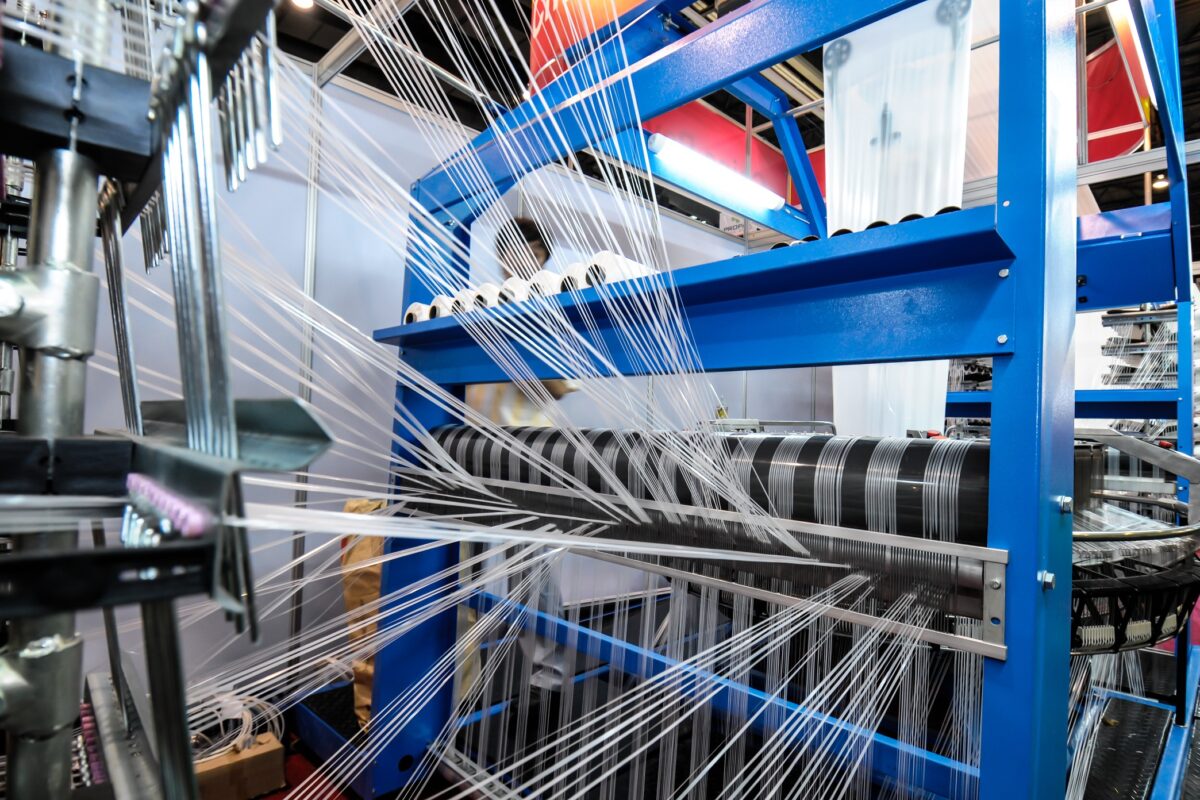Global yarn production increased by 17 per cent between Q4/18 and Q1/19. Most of this output was recorded in Asia and Brazil both of which registered a 18 per cent growth. The USA on the other hand recorded a 3.2 per cent growth and Europe recorded a growth of 1.6 per cent.
This overall growth in Asia was due to a 27 per cent increase in Chinese yarn production which outperformed the contraction registered in Japan, India and Korea. A decreasing trend was further observed in South Africa and Egypt.
The growth in Asia is driven by the increase of yarn stock in Japan and India, stability in Pakistan and decrease in Korea, Rep. and Chinese Taipei. Yarn orders in Brazil increased by 18 per cent, in Egypt by 11 per cent, and Asia by 9 per cent. Forecasts for the second quarter of FY 19 in Japan, Chinese Taipei, and Turkey are optimistic as global yarn stocks have increased by 6.3 per cent worldwide. This is a results of a 27 per cent improvement of stocks in Egypt, 7.7 per cent increase in Brazil, and 3.8 per cent increase in Asia.
However, production in Europe shrunk by -0.85 per cent with the biggest drop registered in Spain. A strong decrease of -42% was also witnessed in Egyptian fabric production. The world output level has now reached 88 per cent of its Q1/18 level. These levels are expected to further decrease in Q2/19 in Asia, Africa, and Brazil, stay constant in the U.S.A. and increase in Europe. Production should stagnate in Q3/19 in all regions but Asia, which should register an improvement.
The global fabric stock level has stagnated between Q4/18 and Q1/19. This resulted from raises registered in Egypt and Brazil and decreases of -1 per cent to -2 per cent observed in Asia, Europe and the U.S.A. In Q1/19, global fabrics stocks were 1 per cent above their Q1/18 level. Global fabric orders have dropped by 19 per cent in Q1/19, led by a decrease of 32 per cent in Egypt and 25 per cent in Brazil. However, global fabric orders increased by 8 per cent above their Q1/18 level.












